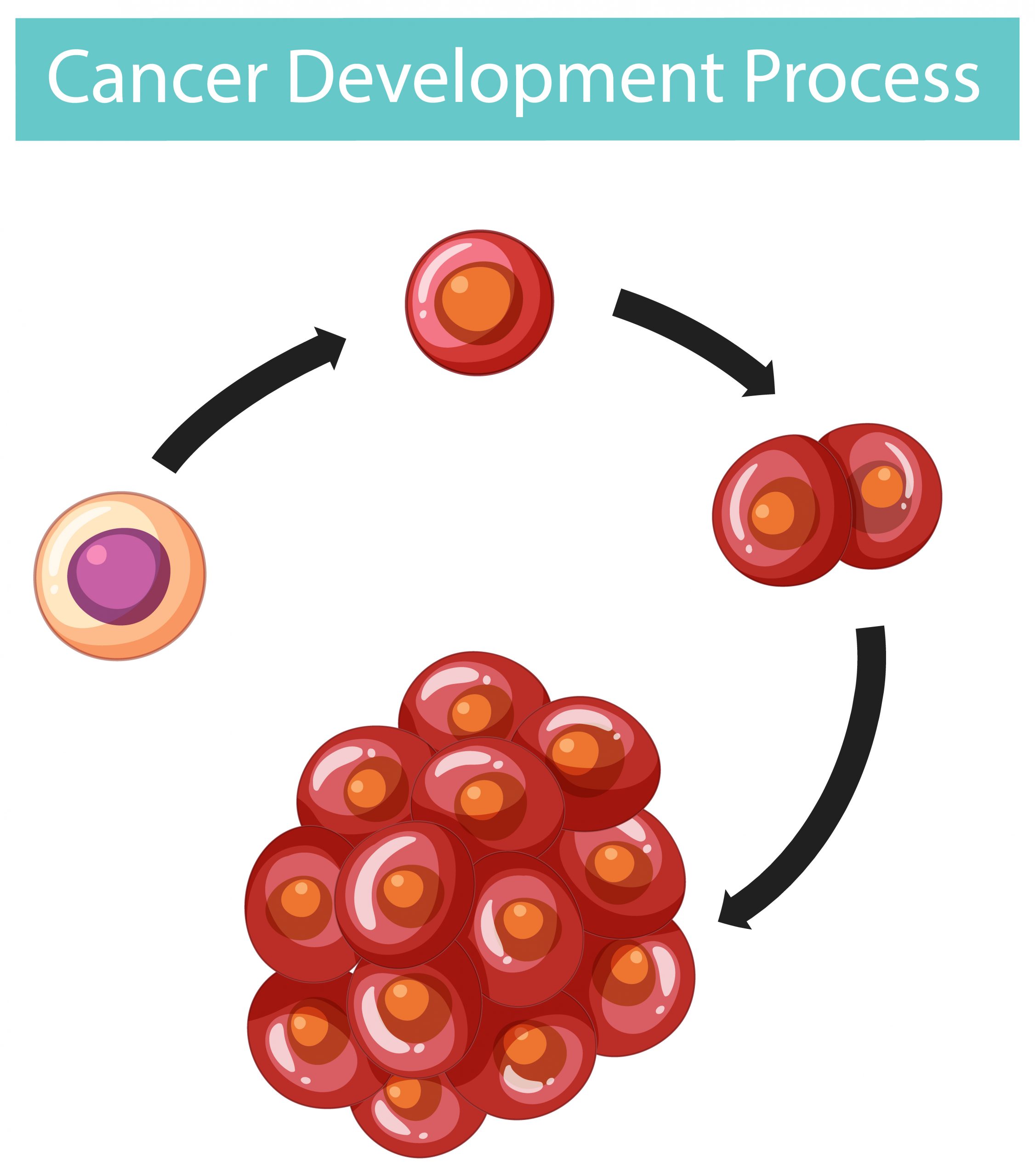

Traditionally, the projected course of a patient’s cancer prognosis has been determined by its kind, stage, and microscopic aggressiveness, although patients with the same presentation might nonetheless have significantly disparate outcomes. Vanderbilt-Ingram Cancer Center researchers showed that changes in tumor mutation burden are a primary cause of this divergence.
The study, which was published in JCO Precision Oncology, discovered that mutation burden is a key predictor of survival, regardless of the clinical presentation measures currently in use. According to the researchers, mutational indices can be “used to predict disease course as effectively as (cancer) stage or grade.”
“A major insight of the study was the observation that survival was better at both low and high extremes of tumor mutation burden,” said the study’s corresponding author, William Dupont, Ph.D., professor of Biostatistics, Health Policy, and Preventive Medicine at Vanderbilt University Medical Center.
The study looked at the Pan-Cancer Atlas, which included 10,652 patents and 32 cancer kinds. Prior studies either examined models based on the incorrect assumption of a linear relationship—that survivorship decreased with mutation burden—or separated patients into low and high mutation burden groups for comparison. The researchers used a different analytic approach and discovered that survival is worse in the middle of the mutation burden range.
The connection between mutation burden and survival revealed to be very substantial and clearly separated the survival outcomes even between two patients with same cancer kind, stage, and grade under modeling that instead accurately suited the real data.
“As a pathologist it is gratifying to see that the prognostic power of the microscope is enhanced by the genetic analysis of the cancer,” said study author Fritz Parl, MD, Ph.D., recently retired professor of Pathology, Microbiology, and Immunology. “The types of tumor mutations that proved to be predictive included pathogenic substitutions and insertion-deletions, as well as copy number alterations.”
The Food and Drug Administration has currently approved a high tumor mutation burden as an indication for the use of immunotherapies. In that context, the metric indicates neo-antigen burden, or how foreign a tumor seems to the patient’s immune system. However, because the Pan-Cancer Atlas data predates immunotherapies, this therapy development is not a factor in patients with high tumor mutation burdens living longer lives.
“The discovery reveals that measure of tumor mutation burden could have a far broader indication: stratifying patients at the time of initial treatment decisions—analogously to the traditional use of stage and grade,” said study author Jeffrey Smith, MD, Ph.D., associate professor of Medicine.
The study discovered that the burden of genome mutations is a major predictor of cancer outcome. The authors present a web-based application that doctors and researchers can use to make clinical trial design and patient care decisions.
more recommended stories
 Fat-Regulating Enzyme Offers New Target for Obesity
Fat-Regulating Enzyme Offers New Target for ObesityKey Highlights (Quick Summary) Researchers identified.
 Spatial Computing Explains How Brain Organizes Cognition
Spatial Computing Explains How Brain Organizes CognitionKey Takeaways (Quick Summary) MIT researchers.
 Gestational Diabetes Risk Identified by Blood Metabolites
Gestational Diabetes Risk Identified by Blood MetabolitesKey Takeaways (Quick Summary for Clinicians).
 Phage Therapy Study Reveals RNA-Based Infection Control
Phage Therapy Study Reveals RNA-Based Infection ControlKey Takeaways (Quick Summary) Researchers uncovered.
 Pelvic Floor Disorders: Treatable Yet Often Ignored
Pelvic Floor Disorders: Treatable Yet Often IgnoredKey Takeaways (Quick Summary) Pelvic floor.
 Urine-Based microRNA Aging Clock Predicts Biological Age
Urine-Based microRNA Aging Clock Predicts Biological AgeKey Takeaways (Quick Summary) Researchers developed.
 Circadian Control of Neutrophils in Myocardial Infarction
Circadian Control of Neutrophils in Myocardial InfarctionKey Takeaways for HCPs Neutrophil activity.
 E-Cigarette Use and Heart Attack Risk in Former Smokers
E-Cigarette Use and Heart Attack Risk in Former SmokersKey Takeaways for Clinicians and Nurses.
 36-Week Pre-eclampsia Screening May Reduce Term Risk
36-Week Pre-eclampsia Screening May Reduce Term RiskA New Preventive Strategy for Term.
 Cardiovascular Risk and Sudden Cardiac Death in Diabetes
Cardiovascular Risk and Sudden Cardiac Death in DiabetesRising Sudden Cardiac Death (SCD) Risk.

Leave a Comment